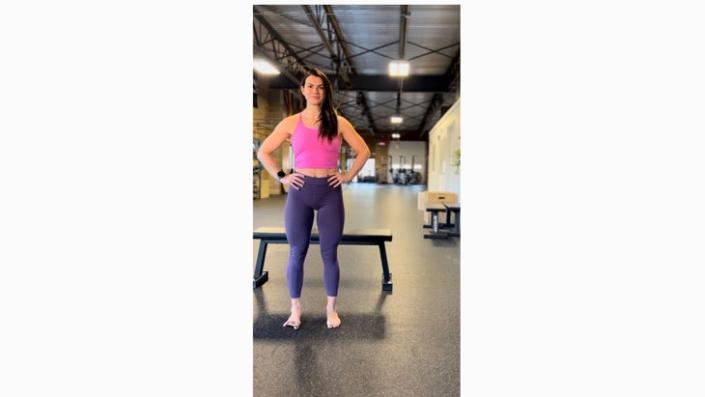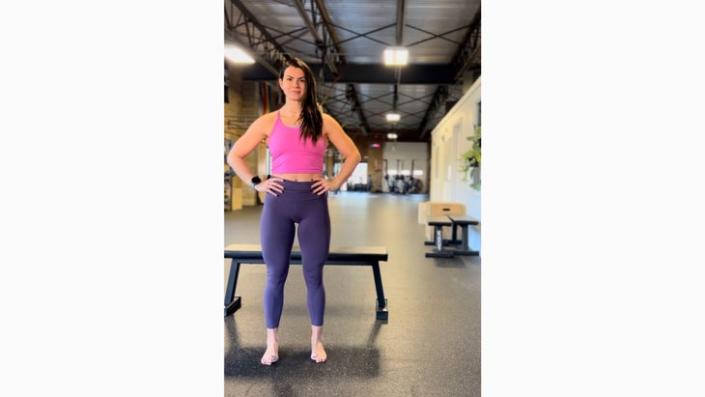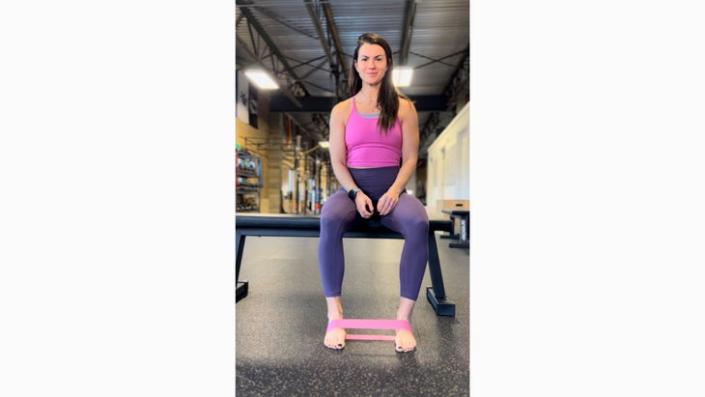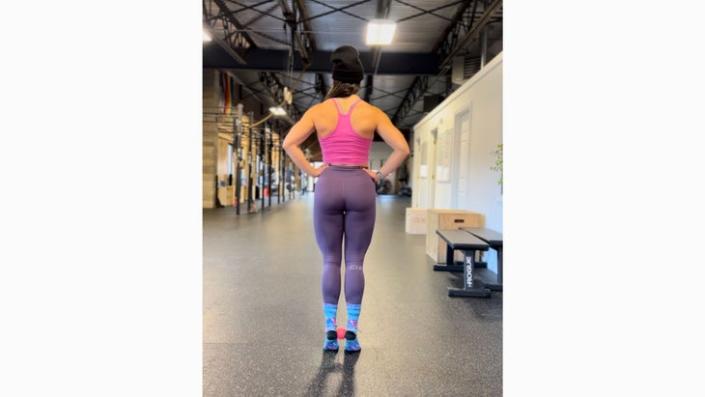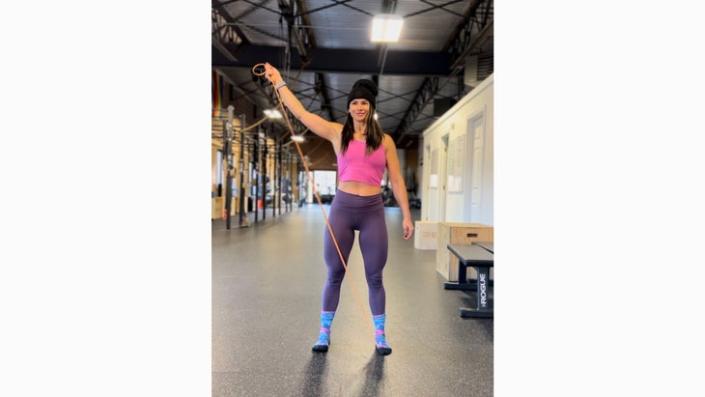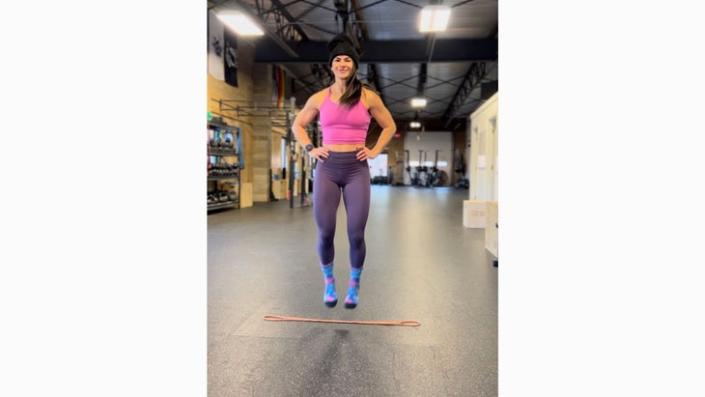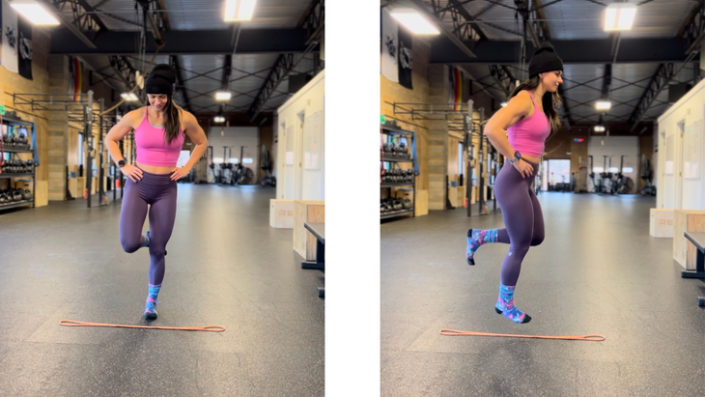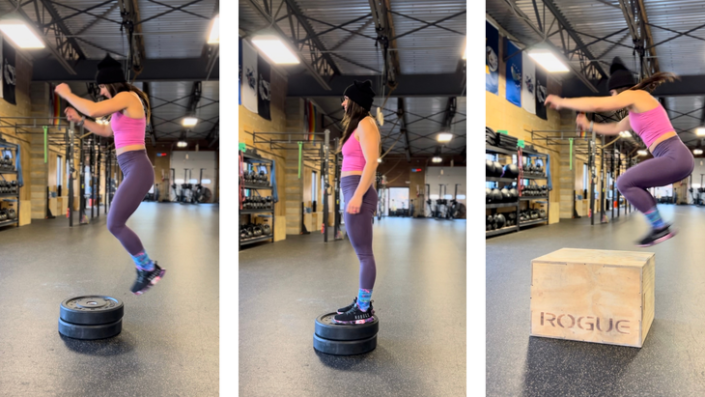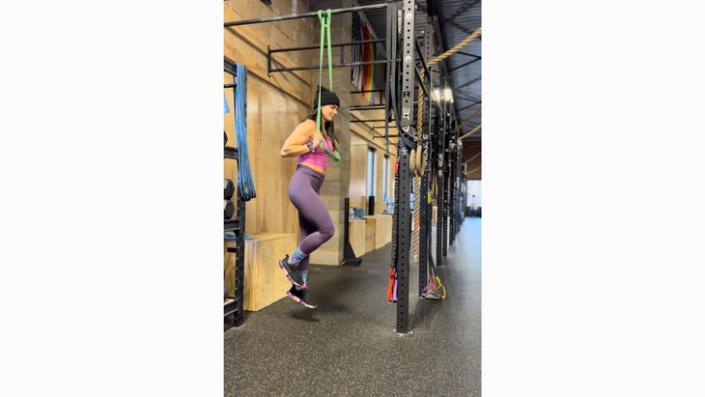9 Exercises to Increase Strength and Mobility in Your Feet
This article originally appeared on Outside
When it comes to training, your feet tend to be an afterthought. But they shouldn’t be. As athletes, you require balance, bodily awareness, and motor control to excel at running, climbing, and hiking. That all starts in the feet.
Certain exercises can strengthen the little muscles of your feet (your foot intrinsics) and increase mobility among your metatarsals, a critical group of bones in your feet. They also support the arch of your foot, helping to keep plantar fasciitis or general inflammation of your plantar fascia at bay.
Your feet need to be strong, stable, and flexible not only for their own sake but also in order to keep your ankles, knees, and hips supported and safely aligned.The following exercises can improve mobility in your feet and ankles. With these movements, you’ll increase your stability and balance, providing you with the tools you need to succeed in the sports you love. You can opt to practice them individually or all of them at once. I typically recommend doing each exercise in three sets of 10 to 15 reps of each exercise twice a day.
If you experience foot pain, consult with your healthcare provider before incorporating these exercises into your training.
9 Exercises to Increase Strength and Mobility in Your Feet
(Photo: Courtesy of Genevieve Gyulavary)
1. Toe Splaying
In this exercise, simply stretch your big toe and little toe as wide as they can go laterally, or to the side.
(Photo: Courtesy of Genevieve Gyulavary)
2. Big Toe Activation
Separate your big toe from your smaller toes, or metatarsals, by lifting it away from the floor. Hold in this position for one second before releasing down.
(Photo: Courtesy of Genevieve Gyulavary)
3. Short Foot
If you have “low arches” or need sneakers with arch support in order to run or walk without discomfort, the following exercise can help build strength and mobility.
Perform this exercise in a seated position with your feet hip-distance apart. Place a small resistance band around your mid foot, in front of your ankles. Plant your toes firmly on the ground and gently push into the band, one foot at a time, without scrunching up your toes. You want to lift your arch toward the ceiling while leaving your toes and heel on the floor. You should feel a gentle muscle activation along the bottom of your foot. Hold this position for 3 to 5 seconds.
Story continues
(Photo: Courtesy of Genevieve Gyulavary)
4. Calf Raises with Ball Hold
Do you routinely wear sneakers with a narrow toe box? If so, you’ll need to pay attention to their effect on your feet. These types of shoes can change your gait pattern, disable optimal toe movement, and even cause bunions or hammer toes.Using a “prop” during exercise can help ensure you maintain alignment while activating a specific muscle.
To start, grab a lacrosse or massage ball and place it between your heels. From standing, perform a calf raise while holding the ball between your heels. (You can place your hand against a wall for balance.) Focus on how high you can go on your toes while keeping the ball in place. Pay special attention to lowering your heels with control.
(Photo: Courtesy of Genevieve Gyulavary)
5. Arch Isolation
This exercise targets the stability of your foot’s arch.
Stand with your feet slightly wider than hip-distance apart. Press your big toe into the floor while keeping your smaller toes flat on the floor. Try to avoid scrunching your toes. Place a narrow band around your big toe and start to pull the band across your body to your opposite side. (You can place your hand on a chair for support. If you don’t have a band easily accessible, you can also use a scarf.) Think of this as a “fish hook” that lifts your arch toward the ceiling. Make sure to continue to hold tension in the band with your big toe; the band can snap up if your toe loses its grip. Hold this position for 30 seconds.
(Photo: Courtesy of Genevieve Gyulavary)
6. Double Leg Hops
If you’re a sprinter, you’re likely focused on a key aspect in your training: explosive power. Plyometric exercises are a simple way to target that type of movement. Before you begin, make sure that you can hop without pain. Mark a line on the floor using a jump rope, strap, resistance band, tape, or chalk. Keeping your feet close to one another, bend your knees and hop over the line forward, backward, and side to side. Do 20 to 30 reps.
(Photo: Courtesy of Genevieve Gyulavary)
7. Single Leg Hops
For a challenge, try a single leg hop. As with the double leg hops, move over the line forward and backward as well as side to side. Do 10 reps on each leg.
You can also integrate jump roping into this movement to practice stability and coordination in a Tabata-style warm-up. Perform 20 seconds of work, followed by 10 seconds of rest, for eight rounds. You can also try this without sneakers for an added challenge for your feet. Over time, you can lengthen your sustained effort from 20 seconds to 1 minute.
(Photo: Courtesy of Genevieve Gyulavary)
8. Plate or Box Jumps
Another way to add plyometrics into your routine is with box jumps. If you’re not ready for full box height, you can begin by stacking weight plates.
Make sure to jump and land with both feet. When you stand up on the plates or box, be sure to be in full hip extension by fully squeezing your glute muscles before you carefully step back to the floor. As you become more comfortable with the exercise, you can increase the height of the plates, eventually graduating to a 16- or 20-inch box. Add these into your warm-up or workout three times per week to improve your explosive power.
(Photo: Courtesy of Genevieve Gyulavary)
9. Weighted Hops
Adding resistance is an easy way to vary your plyometrics routine.
With a light dumbbell in each hand, keep the weights close to your body and practice small hops. Make sure not to jump too high. Instead, focus on ensuring that a small sliver of daylight is able to just pass beneath your feet. Start with a 30-second interval. As you become more comfortable with this exercise over time, you can increase the time interval to the point where you begin to feel some fatigue in your calves.
(Photo: Courtesy of Genevieve Gyulavary)
If hopping is uncomfortable, you can perform this exercise with a heavy resistance band attached to a rig to assist with jumping. Try to build up to an interval of 60 to 90 seconds of consistent hopping before moving on to unassisted jumping or substituting for a lighter band.
For exclusive access to all of our fitness, gear, adventure, and travel stories, plus discounts on trips, events, and gear, sign up for Outside+ today.
No Byline Policy
Editorial Guidelines
Corrections Policy
Source
